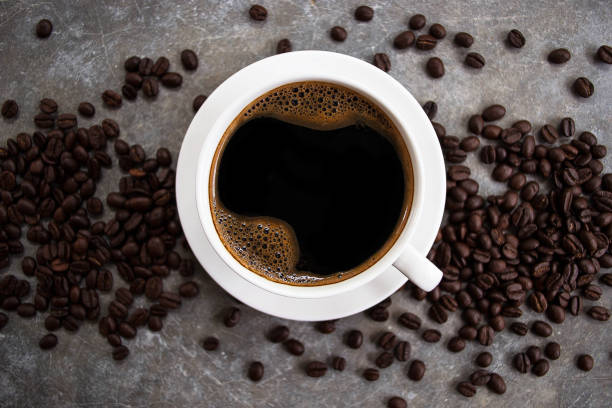The National Statistical Office (NSO) issued data on Friday that showed that retail inflation, which is based on the Consumer Price Index (CPI), decreased to a 10-month low of 4.85% in March from 5.1% in February, despite high food costs. In the upcoming months, food prices are predicted to stay erratic.
In the meantime, the Index of Industrial Production, which measures industrial development, reached a four-month high in February of 5.7%, up from 4.1% in January. Experts predict that March’s growth, which could reach 5% or more, will be aided by the low base.
Records revealed that in March, the costs of spices, eggs, pulses, and vegetables were double digits. Price-wise, cereal remained in the upper single digits even if they softened somewhat. Food costs will be impacted, according to experts, by the anticipated heatwave. Food inflation is predicted to stay high as summer approaches, according to an HDFC Bank economist.
Still, the forecast of a heatwave could add upside risk to the inflation of domestic food (mostly caused by the price of fruits and vegetables). As to her findings, there is a roughly 60 basis point rise in headline inflation for every 10% increase in vegetable costs. anticipates that Q1 FY25 CPI inflation will average between 5.1-2.5%, decrease to less than 4% in Q2, and then stay in the range of 4.5–5% in H2 FY25.

